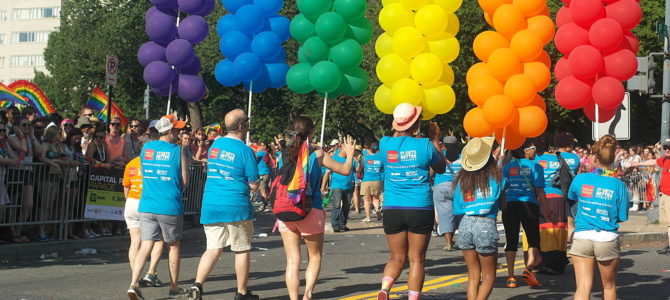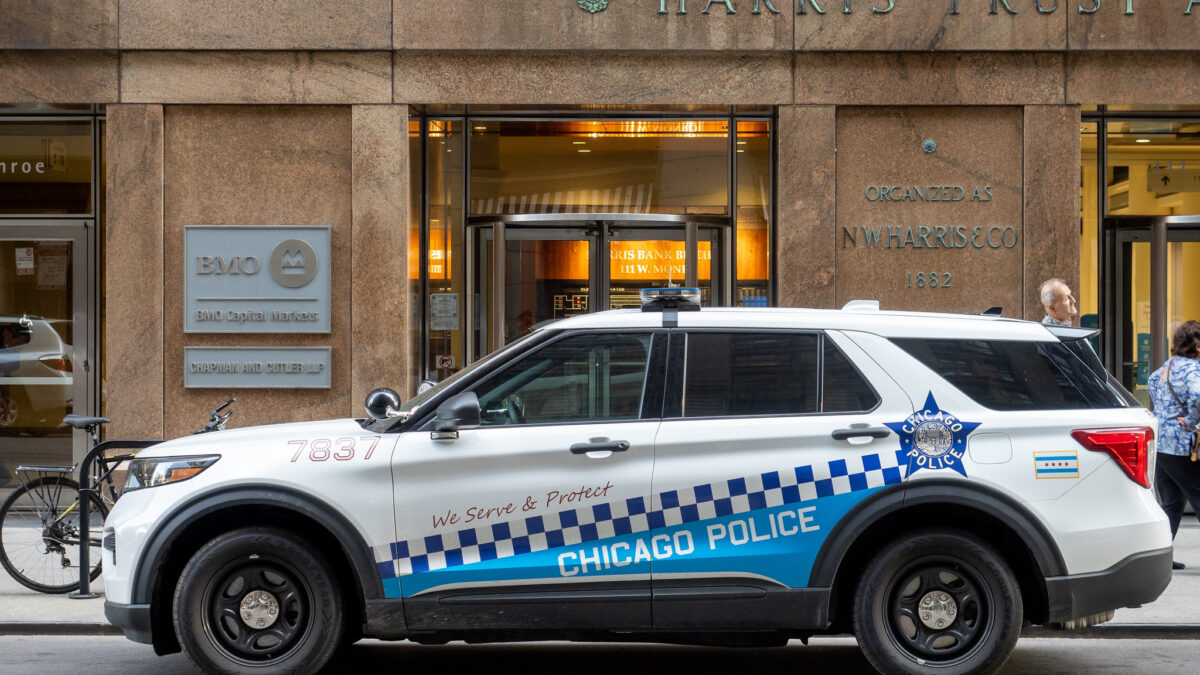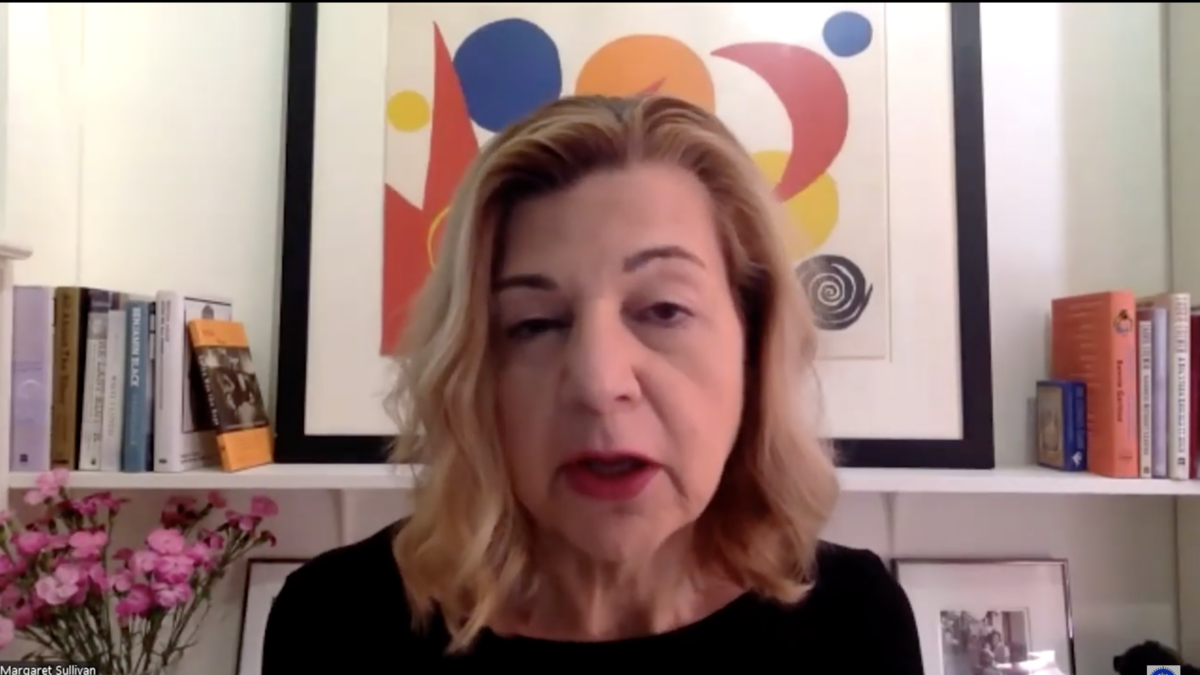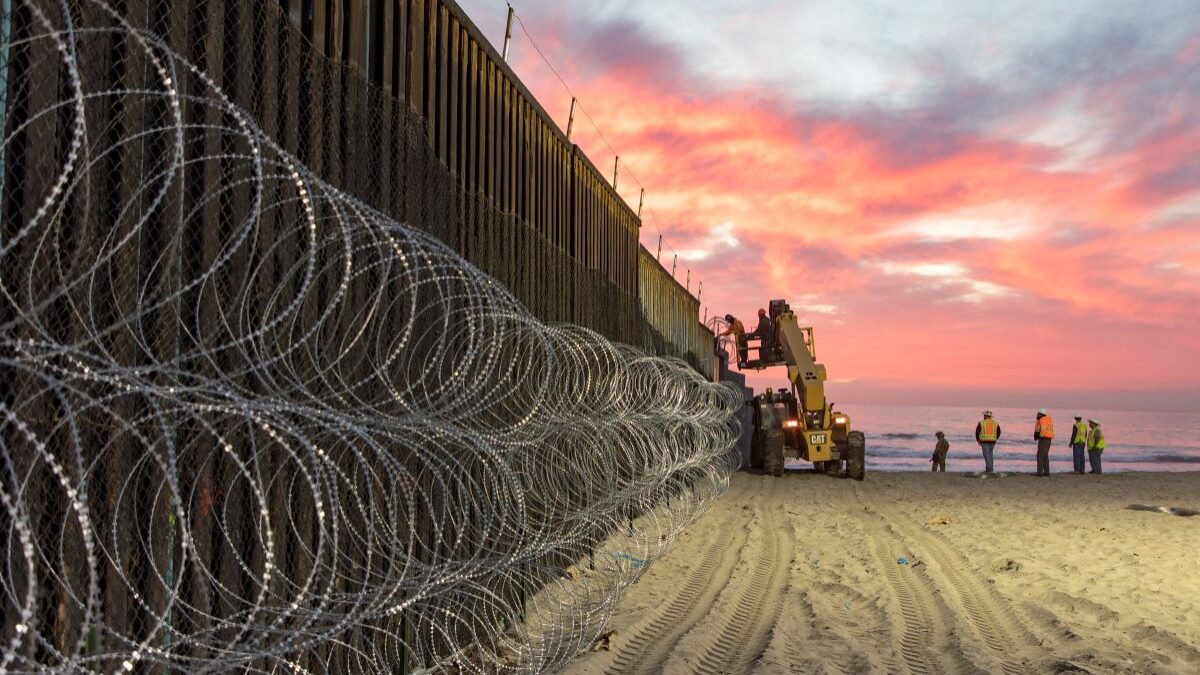
In a year of nonstop crisis, scandal, violence, and political unrest, it is easy to understand how many people across the country feel on edge. As we well know, fear is often an effective tool to motivate the masses in a desired direction.
LGBT media would have us all believe that LGBT people are in a near-constant state of danger in the United States and under assault from the police, Republicans, and the president himself. But a closer inspection tells us this simply isn’t true. Let’s take a look at the top anti-LGBT myths of 2017.
1. 2017 Was the Deadliest Year for Transgender People
If you have been paying attention to the media, you will have noticed a series of headlines stating, “Transwoman is the 17th…19th…22nd…murdered so far this year!” The dramatic statement with an escalating victim count gives the impression that transgender people, specifically transwomen of color, are being intentionally targeted for hate crimes across the country. The panic of each news story validates feelings of victimhood and fear and causes those scrolling by to believe in an epidemic of violence.
This narrative inspires government policy and initiative to curb the violence and demands to demonstrate intolerance for hate crimes. In September, Rep. Keith Ellison introduced a congressional resolution titled “Recognizing the violence and other challenges faced by transgender women of color in America.”
Ellison and several other congressional leaders signed a letter to Attorney General Jeff Sessions in March pleading for him to do something about transgender murders. The letter stated, “We write to urge you to investigate the recent murders of multiple African-American transgender women around the United States. Transgender women are over four times more likely to be murdered than the general population of all women, and 2017 is on track to be the most deadly year for transgender women, particularly those who are African-American.”
In “2017 has been the best year for trans people; it’s also been the worst,” Salon wrote, “According to sociologist Nielan Barnes, a professor at California State University, Long Beach, the very visibility and increasing acceptance that helped lift Roem [the first openly transgender to win state office in America] and others into office may lie at that heart of what can feel like a deadly backlash. ‘More attention is directed to the LGBT population, and transgender individuals, because they’re non-gender-conforming, and they’re far more visible, tend to be a target.’”
It is important to recognize the value of each life and empathize with the tragedy the families of these victims face. However, it is equally important to recognize that there is not a single thing law enforcement, or certainly the federal government, could do to prevent them. Why? Because the murders have absolutely no pattern or consistent motivation. Despite the headlines and the rhetoric, there is no indication any specific threat towards transgender individuals, of any gender identity or race, exists.
A close examination of each case provides insight into the real causes of these tragedies. Human Rights Campaign compiled a list of the known transgender murders in 2017 with details about each individual. Each can be linked back to local reporting and police statements. While major LGBT news sites reporting on the murders tend to fixate on the police “misgendering” the victim and devote most of their articles to quoting positive things said by the people who loved them while lamenting the rise in violence, these articles contain clues to the origins of each case.
After researching the known 28 cases, it becomes clear that these individuals are the victims of robberies, domestic violence, police use of lethal force, sex work, and drugs or random acts of violence rather than targeted anti-LGBT motivation. In fact, not a single case listed in 2017 can be directly linked to the victim’s gender identity. The most brutal murders were committed by partners or other people the victim knew personally. Others remain unsolved with no indication of a motive. Three involved the victim physically attacking or threatening the police before being killed.
LGBT media chooses to attribute anti-LGBT bias as a motivation for a political purpose. These are simply transgender people who were murdered, not people murdered for being transgender. The HRC admits this as much in their report: “While the details of these cases differ, it is clear that fatal violence disproportionately affects transgender women of color, and that the intersections of racism, sexism, homophobia and transphobia conspire to deprive them of employment, housing, healthcare and other necessities, barriers that make them vulnerable.”
The goal appears to be to fabricate a narrative to encourage fear without recognizing the true threats are more mundane and common-sense. We all know that sex work is dangerous, as is drug use. We know the threats of domestic violence and why reporting and escaping are vital for survival. We also know that if you walk down a darkened street at night in Chicago, bad things can happen. This affects us all equally, and depends entirely on the situation at hand, not one’s sexual status.
2. LGBT Hate Crimes on The Rise
Throughout 2017 we saw increasingly dramatic headlines warning of the rise in anti-LGBT hate crimes. BuzzFeed, for example, used the headline “This Report Says More LGBT People Were Killed So Far In 2017 Than In All Of 2016” to denote an increase of LGBT murders from 28 to 33 from 2016 to 2017. This trend continued from the previous year, when The New York Times declared: “L.G.B.T. People Are More Likely to Be Targets of Hate Crimes Than Any Other Minority Group.”
This article cited the most recent FBI hate crimes statistics from 2014 and a poll that asked Republicans and Democrats what they thought was most likely the motive of the Pulse night club shooting in 2016. The choices were “Mostly Terrorism, Mostly Hate Crime, or Both.” Thirty-seven percent of Democrats described it as a hate crime, and only 8 percent as a terrorist attack. The majority of all respondents said “both.”
The article quoting the statistics stated that one-fifth of all hate crimes were anti-LGBT-motivated. The 2016 FBI hate crimes report, the most recent available, said 17.7 percent of all hate crimes were anti-LGBT-motivated. This, as the “epidemic of transgender murders” narrative, implies a high risk to LGBT Americans.
But a closer look at the data provides proportion and perspective. According to the Pew Research Center in 2017, LGBT people make up roughly 4 percent of the American population, about 10 million people. There were 1,255 reported anti-LGBT hate crimes in 2016. This means that in 2016, 0.001 percent of the American LGBT population experienced hate crimes.
Even with claims of “underreporting” and accusations of police not correctly labeling hate crimes, multiplying the number by 100 (125,000 anti-LGBT hate crimes) would represent a risk to 0.1 percent of LGBT people. The numbers simply do not reflect the narrative. In truth, hate crimes overall are remarkably low for a country and population of the United States’ size and diversity.
3. Religious Liberty as a License to Discriminate
A popular rallying cry this year was against the “license to discriminate,” the way the Left describes religious freedom legal standards. As the Los Angeles Times puts it: “If you thought 2016 was a nasty, brutish year for LGBT rights across the country, 2017 is already shaping up to be much, much worse. Over the holidays, Sen. Ted Cruz (R-Texas) announced that he would be reintroducing the First Amendment Defense Act, a bill first put forward in 2015. It would prevent the government from taking action against businesses that discriminate against LGBT people based on their ‘religious belief or moral conviction…’”
This year the Supreme Court heard the Masterpiece Cakeshop case, about a Christian baker who refused to create an artistic wedding cake for a same-sex wedding. The case inspired many frantic headlines warning of an impending wave of anti-LGBT discrimination should the court rule in favor of the baker. The LGBT world was aflame with hypothetical concerns of where, when, and how they may find themselves shunned from public life.
The truth, of course, is that Masterpiece Cakeshop did not discriminate at all or deny service to anyone based on his or her sexuality. In the last few years, we have seen many small business owners accused of this based solely on their opposition to participating in a same-sex wedding. At no time did we witness any owner or advocate declare a desire to not serve gay people. As is true with most of the cases, the owner of Masterpiece Cakeshop offered to make the gay couple a different cake for any other occasion. His only objection was designing an artistic expression for the purpose of celebrating an event he religiously opposes.
The Religious Freedom Restoration Act of 1993, signed by President Bill Clinton, demonstrates the absurdity of the overall claim. Businesses all across America were not actively limiting or removing gay customers or denying them service during that time or since. American business owners have always had the freedom to discriminate against gay customers, and they simply have never chosen, as a general rule, to do so. There is no reason to believe they will start now.
4. The Anti-LGBT President
Of course, no discussion of liberal mythology would be complete without looking at how they represent President Donald Trump. Trump is a unique figure because he has been a well-known media icon for decades and has long publicly supported LGBT rights. He is arguably the most pro-LGBT president ever to be elected and the first to openly support same-sex marriage upon election. Yet, as this Newsweek headline proclaims: “TRUMP IS WAGING OUTRIGHT WAR AGAINST LGBTQ AMERICANS,” the media narrative would have you believe otherwise.
Besides openly embracing his LGBT supporters during his campaign, President Trump demonstrated his preference for equality when he appointed Richard Grenell, an openly gay man, as ambassador to Germany. His general disinterest in identity politics as a whole represents his inclination towards natural diversity and actual equal treatment. He appears to treat LGBT individuals exactly as he treats everyone else.
A close examination of the accusations against Trump reveals a political agenda to label any opposition to currently popular left-wing initiatives as “anti-LGBT.” This is evidenced by claiming everything from the newest tax bill to the Obamacare renovations to net neutrality are designed to intentionally harm gay people.
It can be argued that President Trump has opposed the current transgender social agenda to push gender identity politics onto the nation’s schools. He rescinded President Obama’s pro-transgender memo sent to all U.S. public schools. Trump also famously sparked outrage by announcing a ban on transgender service members.
Yet the military ban appears to be more practical than malicious. Transgender individuals have an extremely high suicide rate, with 40 percent reporting attempting suicide during their lifetimes. Transgender women (biological males) are up to 3.6 percent more likely to face crippling depression or anxiety than the general population is.
NPR reports: “Four in 10 of the women had a mental health or substance dependence disorder, and 1 in 5 women had at least two diagnosed psychiatric conditions. More than a third of them had experienced depression, and 1 in 5 women had contemplated suicide in the past month. Rates of anxiety, post-traumatic stress, alcohol dependence and other substance dependence also was higher than average.”
There is also a high cost associated with this population. Military estimates put sex-change costs upwards of $8.4 million dollars annually. The military has a long list of medical conditions that bar entry into service. This includes drug or alcohol abuse, a history of psychiatric disorders, anemia, asthma, diabetes, coronary heart disease, and many more conditions. While it can be argued transgender service members are qualified and it is wrong to discriminate against them, it is tough to argue the motivation is pure bias. There is a legitimate medical concern.
Mythology is difficult to counter, as belief intertwines with emotion and identity. But the truth matters, and it should always be stated without hesitation. A comforting lie helps no one. Sadly, much of the current LGBT media appears to be more dedicated to constructing a useful narrative than simply celebrating everyday equality and natural diversity.
The truth is, America is an amazing place to live if you are a gay or trans person. We enjoy abundant freedom and true personal choice and expression. The victimhood narrative simply cannot survive examination, and we must continue to expose it.









